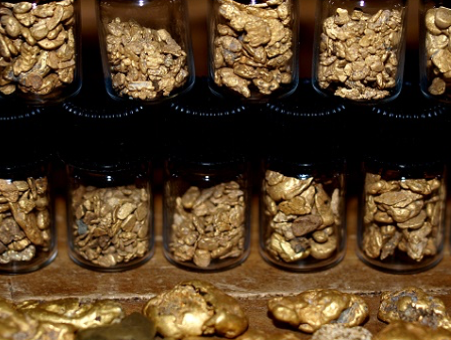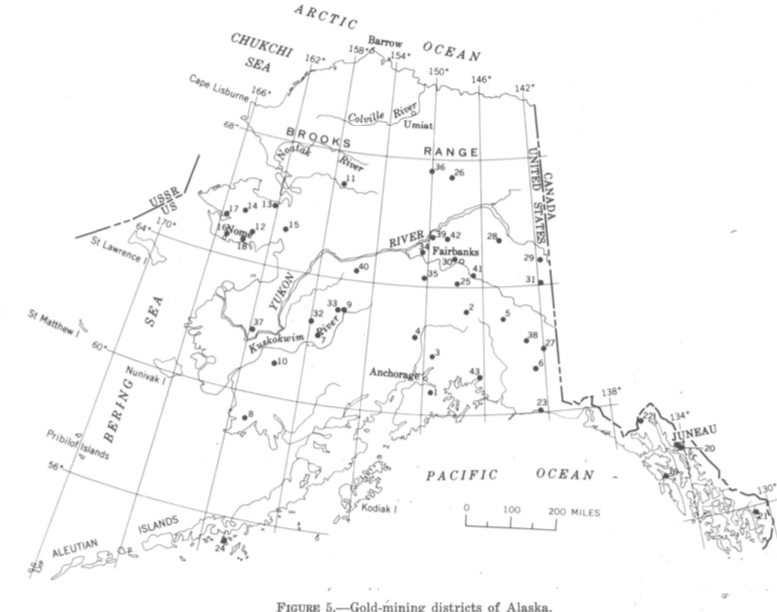
It can be challenging trying to determine where and what kind of recreational mining is permitted and even possible. The Bureau of Land Management maintains the most current maps and info on the status of the land, and if you’re not sure about an area check with them.
In order for them to help you you need to know exactly where you are wanting to mine – know the township, range, meridian and section.
Get in touch with the State Division of Mining to determine if the area you want to prospect on is open to mining and if there are legal claims in place. (Or the BLM if you are on federal land.) When you are certain that the area is open to you, you will need to check with the managing agency to determine what the rules and restrictions are for that area.
Sometimes suction dredges and other equipment will be restricted to avoid stream damage.
If you wish to prospect on privately owned land, or on land that is currently claimed you must have the permission of the owner or claimant.


Public Lands & National Parks
Most often on public lands shovels, gold pans, picks, pry bars and manual sluice boxes and rocker boxes are allowed without requiring a permit. However, the only two state parks open to recreational mining, Chugach and Kenai Peninsula State Parks, limit a recreational miner to one shovel, one gold pan, and one sluice box that must be three feet or less in length and fifteen inches wide.
The national parks only allow surface sampling with a gold pan, and no digging tools are permitted. No recreational miner, regardless of the land status of the area he wishes to work, is allowed to use motorized earth-moving equipment, chemicals, or hydraulic equipment.
If your suction dredge has a hose diameter of four inches or less it may be used in certain areas of the national forests and BLM lands, but you must check with managing agency to make certain. You will need to contact the Alaska Department of Fish & Game, Sportfish Division if you wish to use a dredge.
There is a long list of streams that are restricted and you should know the regs for your particular area before asking for a permit.
Remember that even with the simplest tools you should take care working an area. Work the active channel or gravel bars with no vegetation. Try to avoid excavating along the stream banks, instead focusing on areas below the high water mark that are routinely effected by erosion.

Recreational Gold Prospecting in Alaska
Here are a few locations for recreational gold panning in the interior and northern portions of Alaska:
Here are some other areas of Alaska with some recreational mining areas. Special rules often apply, so you want to obtain a fact sheet, including map, for each area and get info from the land managers.
Give the rich gold history in the state of Alaska, it would probably be unlikely that you wouldn’t run into some gold there if you do your research and get out there and work it.
Explore Alaska!
The Great Alaskan Gold Rush to Nome
The Largest Gold Nugget Found in Alaska
The Historic Gold Mines of Juneau
